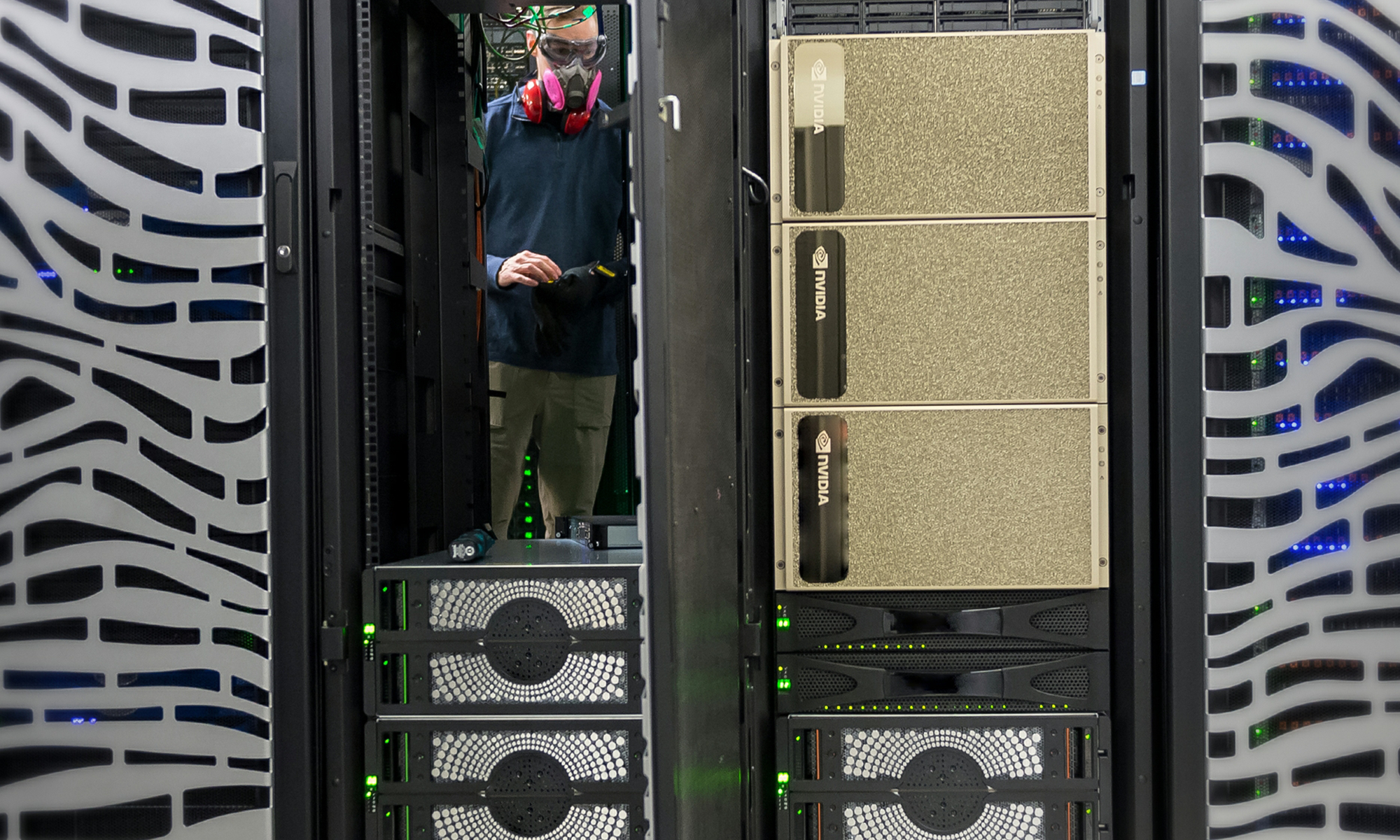Though Nvidia (NVDA +2.92%) stock has been under pressure so far in 2025 owing to several factors outside of the company's control, such as tariffs and concerns that spending on artificial intelligence (AI) hardware could slow down thanks to the arrival of cost-efficient models, recent stock price action suggests that the company is making a solid comeback.
Shares of the chip designer have shot up by 28% in the past month. The good part is that Nvidia is still trading at an attractive valuation even after its recent surge. However, with the company set to release its fiscal 2026 first-quarter results after the market closes on May 28, it could become more expensive to buy for investors who are sitting on the sidelines.
Let's see why that may be the case.

Image source: Getty Images.
Nvidia seems set to deliver blowout results once again
Nvidia's guidance for the first quarter of fiscal 2026 (which ended on April 27) calls for $43 billion in revenue at the midpoint of its guidance range. That would translate into a year-over-year increase of 65%. However, there is a good chance that Nvidia may be able to coast past that expectation thanks to the tremendous demand for its AI graphics processing units (GPUs).

NASDAQ: NVDA
Key Data Points
There have been concerns that the demand for Nvidia's AI GPUs could wane because of the tariff-fueled turmoil, as well as a potential drop in AI spending because of the emergence of DeepSeek's cost-effective but competent reasoning model. Yet recent chatter indicates that the actual story might turn out to be different.
For instance, Reuters reported last month that Chinese firms have placed orders for $16 billion worth of Nvidia's H20 GPUs in the first quarter of calendar 2025. The orders for this chip have reportedly surged following the increase in demand for cost-efficient AI models in the wake of DeepSeek's breakthrough. Chinese tech giants such as Alibaba, Tencent, and ByteDance are said to be stocking up on Nvidia's chips, anticipating a shortage in their supply because of export restrictions imposed on the chipmaker.
Nvidia's revenue from China stood at $17 billion in all of fiscal 2025. So, the above estimate of $16 billion indicates that it may have done a year's worth of business with Chinese customers in just a quarter. Of course, you may be wondering if the previous U.S. administration's decision to ban sales of Nvidia's China-specific H20 processors is going to dent the company's outlook by costing billions of dollars in sales. However, the Trump administration plans to modify and pull back some of the previous regime's export curbs, and that could turn out to be a tailwind for Nvidia's Chinese business.
At the same time, investors should note that Nvidia has reportedly modified its H20 AI chip to meet the restrictions and will release the updated version in July. Nvidia is said to have modified its chips in the past to ensure that it remains on the right side of the export restrictions that it faces from time to time, and that has allowed the company to remain a key player in the Chinese AI market.
So, while Chinese-related business is likely to help Nvidia deliver stronger-than-expected results for the previous quarter, strong AI spending in the U.S. could give its outlook a big boost. A recent report from the Financial Times suggests that Oracle is set to buy $40 billion worth of Nvidia's Blackwell AI chips for deployment in OpenAI's data center in the U.S.
This investment is reportedly outside of the $500 billion investment that OpenAI and its partners have pledged in U.S.-based AI infrastructure in the form of the Stargate Project. Nvidia's business is expected to receive a nice boost from Stargate, and that's another reason why the company's guidance for the current quarter could exceed consensus expectations.
The valuation is too attractive to ignore right now
Analysts are expecting Nvidia's earnings to increase by just 20% year over year in the current quarter. This can be attributed to the margin compression that the company is anticipating during the initial production ramp of its Blackwell processors. However, stronger-than-expected growth in Nvidia's top line could allow it to mitigate the negative margin impact and deliver a bigger jump in earnings.
Meanwhile, Nvidia management points out that its margin profile will return to the normal range later this year when Blackwell production is fully ramped up. So, Nvidia's earnings growth is likely to pick up momentum as the year progresses. Consensus estimates point toward something similar, expecting Nvidia's earnings to jump 46% year over year in fiscal Q2.
That's why savvy investors should consider buying Nvidia before May 28, as it is trading at 30 times forward earnings right now, which is well below its five-year average forward earnings multiple of 40. Even the tech-laden Nasdaq-100 index has an average earnings multiple of 31. All this suggests that investors are getting a terrific deal on Nvidia stock right now, and they may not want to miss it since the stage seems set for a strong set of quarterly results and guidance from the company that could supercharge its recent rally.





